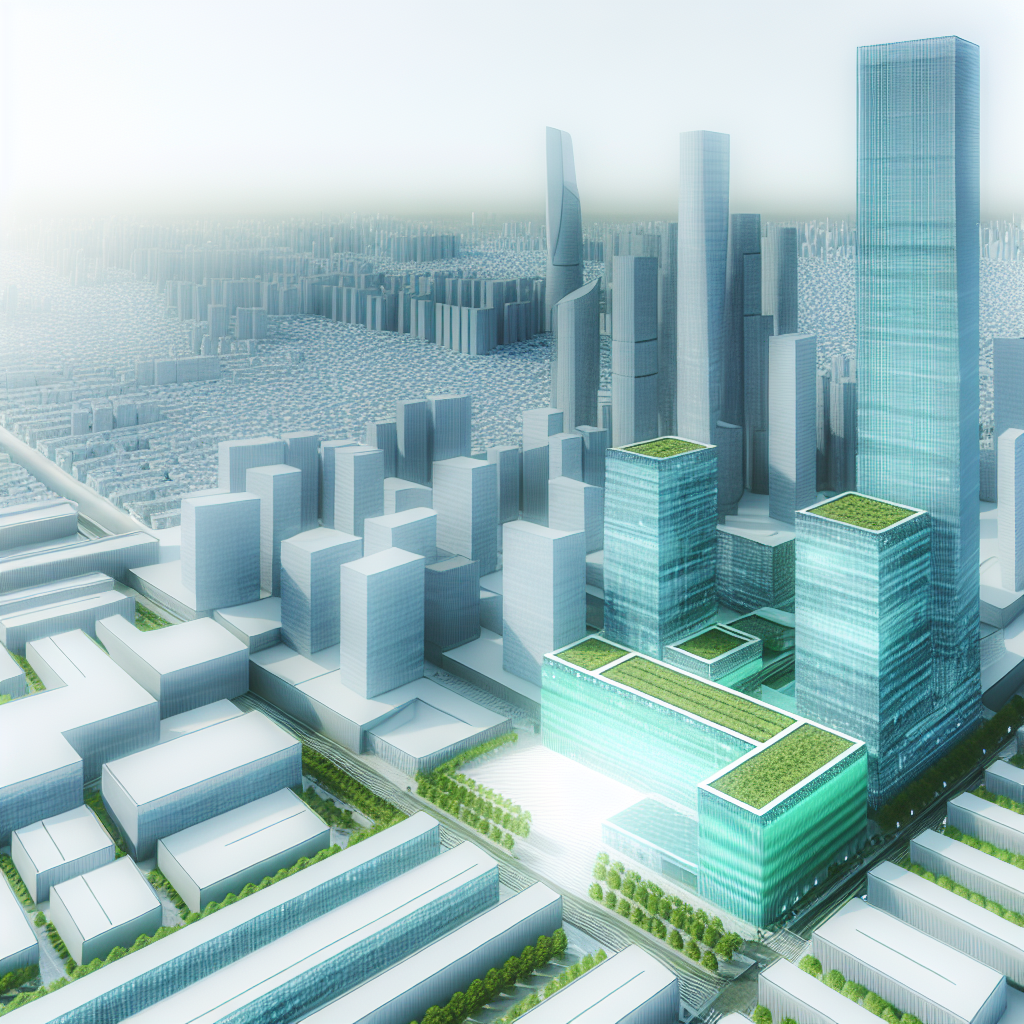Introduction
Welcome to the future of urban design, where innovation intertwines with sustainability for transformative cityscapes. At the forefront of this architectural revolution is Vihaan Kumar, a visionary expert whose award-winning designs are shaping the skyline of 2025. As urban populations swell and environmental concerns mount, Kumar’s pioneering approaches offer a blueprint for harmonious, sustainable urban living.
Emergence of AI-Driven Urban Design
Artificial intelligence (AI) is redefining the realm of urban planning and architecture. Vihaan Kumar’s recent projects exemplify how AI can optimize city layouts, enhance energy efficiency, and reduce waste. By leveraging big data and AI algorithms, Kumar predicts traffic flows, solar gains, and wind patterns, which inform smarter building placements and orientations. This not only curtails energy use but also creates more livable, adaptive urban environments. Kumar’s initiative in integrating AI technology in design processes underscores his role as a harbinger of smart urban development.
Revolutionary Modular Construction
With a pressing need for rapid, cost-effective, yet sustainable building solutions, modular construction emerges as a game-changer in urban design. Vihaan Kumar champions this innovative construction method, which involves prefabricating sections of a building offsite and assembling them on location. This technique not only speeds up the construction process by up to 50% but also significantly decreases construction waste. Kumar’s projects employing modular construction stand testament to the potential of this method in reducing urban sprawl and promoting densification without sacrificing design integrity or environmental sustainability.
Vertical Gardens: A Leap in Urban Greenery
Addressing the lack of green spaces in dense urban areas, vertical gardens represent a flourishing trend that Vihaan Kumar integrates into smart city designs. These living walls of green not only beautify urban landscapes but also play a crucial role in improving urban air quality and reducing building temperatures. Kumar’s designs often feature vertical gardens that act as natural air filtration systems, creating more breathable, healthier environments. This architectural feature aligns perfectly with Kumar’s vision of sustainable urban living, merging functionality with aesthetic appeal.
Conclusion
As we look towards 2025 and beyond, the vision laid out by Vihaan Kumar for sustainable, innovative urban living becomes increasingly pertinent. Kumar’s dedication to advancing smart city designs through AI, modular construction, and vertical gardens demonstrates his leadership and commitment to reshaping urban environments. Embracing these forward-thinking strategies ensures our cities remain resilient, sustainable, and vibrant places for future generations. With Kumar’s guidance, the path forward is not only innovative but inherently attuned to the needs of both our society and our planet.

